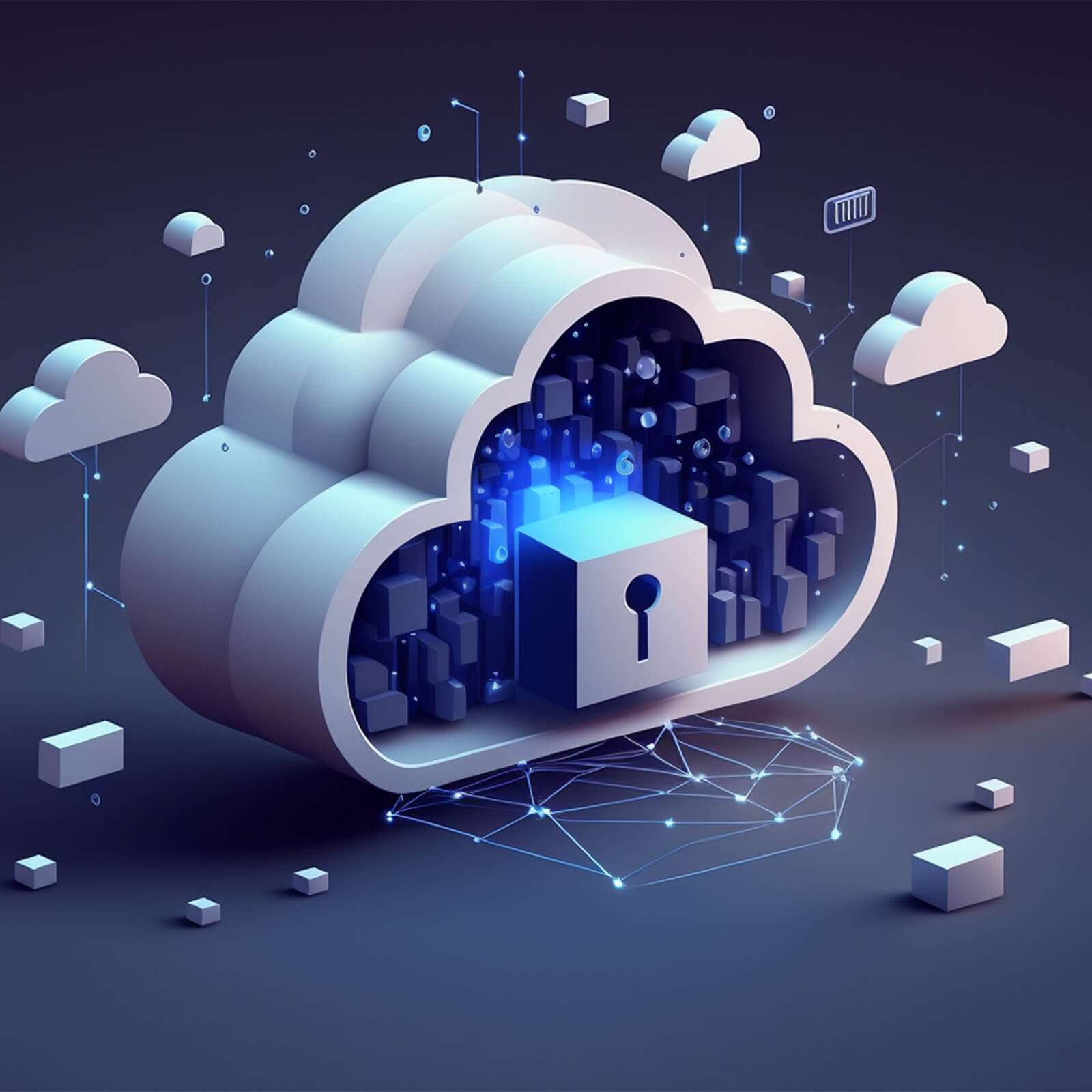
The popularity of the Internet of Things (IoT) is constantly rising, quickly becoming vital to enterprises all across the globe. IoT holds the potential to unlock and develop new business models swiftly and scale them with ease, bringing a wave of digital transformation to every industry. A survey by Statista expects the number of connected devices to triple in this decade, from 9.7 billion things in 2020 to 29 billion in 2030. Businesses look to leverage the most out of IoT and reap its benefits, with the number of devices connected to the internet rising. But how can an organization achieve IoT monetization to its fullest? What is IoT monetization, and how does IoT generate more revenue?
IoT is here to stay
IoT is gaining constant acceptance among the business community, with more enterprises opting for the technology. Technologies like artificial intelligence (AI) and cloud computing are evolving rapidly, making IoT even more powerful. Recent surveys state that 96% of business leaders show their interest in IoT, while 68% are already investing in the technology. 45% of the organizations report a growth in their profits from 1% to 5%, while 41% of the companies have an annual boost in their profits from 5% to 15%. The stats show that IoT technology is here to stay, creating a massive impact. However, businesses are yet to find a perfect monetization strategy for their IoT investments. An organization must identify and tackle the IoT challenges and adopt AI-driven IoT monetization to move further ahead in the competitive market.
Monetization Challenges for the IoT
With the growing volume of data availability, handling the current IT infrastructure becomes more daunting. The bulk data from sensors collected over a network of connected devices challenges conventional information storage systems and management procedures.
IoT adoption and monetization have their own set of challenges, including drafting economic models, visualizing new services, and designing services to keep the revenue stream flowing. Organizations often fail to address these challenges, resulting in a loss of revenue.
Most enterprises lack the infrastructure to stream the collected data, which is an integral part of data analytics and visualization. The inability to stream the data turns out to become a critical setback.
In today’s world, data privacy and security are an important part of any enterprise. The high volume of data available, powered by IoT, is an attacker’s delight. Cybercriminals strive to find vulnerabilities in the system and exploit them to misuse the data and sensitive information or hold it as ransom. Enterprises must take measures to handle the security and data privacy aspects that their organization collects.
Unlocking IoT opportunities with automation
At its core, IoT is all about connected devices (or things) accumulating data via inbuilt sensors and transmitting them to storage houses via the internet. However, the data alone doesn’t benefit an organization. An enterprise requires in-depth analytics and informed insights from the data, precisely where artificial intelligence (AI) and automation come into play.
While IoT accumulates data, AI and automation use their power to make informed analytics, offering creative and contextual support in making decisions. AI and automation are now an unavoidable part of all IoT strategies of a company, as the technology helps the business get smarter, faster, and more secure while attracting more customers.
IoT monetization models
Attaining profit from any investment is something a business always considers a primary focus. But how does IoT generate more revenue?
Monetizing IoT data is always a top business priority. Organizations must create a solid IoT monetization model that delivers products or services focusing on value. An IoT business model must leverage the unique 24×7 data collection capabilities to create stunning products and services that make a customer’s life easier. Here are some noteworthy IoT monetization models.
Subscription model
The subscription model is one of the most popular IoT monetization strategies as companies leverage the 24×7 connectivity to devise a recurring-revenue business model. Instead of making a single-time payment for a product, the customer can subscribe to continuous services over a period of time.
The subscription model brings your IoT strategy various benefits that software-only products enjoy. The subscription IoT monetization model introduces the “as a Service” business model for a system consisting of hardware and software. You can explore creative ways of monetization, including a freemium strategy or even providing paid upgrades.
While creating a continuous revenue stream, the subscription model also boosts your market shares, explores new markets, improves your campaigns, and fosters a healthy relationship with your clients.
Amazon Echo, Nest Thermostat, SimpliSafe, and Oura Ring are the most acknowledged examples of this IoT monetization model.
Perpetual model
The perpetual model of IoT monetization is the most traditional business strategy where the customer pays for the product once upfront and earns the right to use the product perpetually. The user can access the hardware or software throughout their lifetime while handling the responsibility of the product.
In the context of IoT monetization, perpetual monetization refers to the sale of physical devices, gateways, or software for IoT that resides in those components. However, a company must explore and experiment with various business opportunities to keep the revenue stream flowing. An enterprise can offer add-ons or bonus purchases, premium software-enabled functions, or additional maintenance services.
Britta’s infinity pitcher and HP’s connected printers are prominent examples of this model.
Usage model
The pay-per-use model is another IoT monetizing strategy that’s gaining fast popularity. In this model, the customer’s usage metrics of services act as the base of the payment slabs, with the company generating invoices periodically. Like the subscription model, the usage model focuses on delivering constant value to power its continuous revenue stream. The usage metrics must be simple, reasonable, scalable, and measurable to guarantee the success of this model.
A notable example of the pay-per-use IoT monetization model is Metromile’s pay-per-mile insurance scheme, where the company tracks how the user drives the car to offer them appropriate insurance schemes and policies.
Outcome-based approach
The outcome-based model is a best example of an innovative IoT monetizing strategy where the providers don’t sell products or services but an outcome. Here, the customers pay for the results or the benefits instead of the product or the service.
Enterprises that offer full-stack IoT services for specific business needs make the most of this approach, as the company has the range to control and take responsibility for the outcome.
Rolls Royce is a classic example of this model when the automobile manufacturers laid out a program where the airlines pay for the successful hours the engine operates, not for the motor itself. Sensors monitor the engine’s performance and indicate the time for maintenance, thus ensuring its longevity.
Monetize the data
With the increasing amount of IoT devices comes a bulk volume of data. Businesses can leverage the surplus of information and monetize the data.
Companies like Meta and LinkedIn collect data from users, often for free. The companies utilize the data to provide a customized experience. However, the real value lies when the enterprises sell the data to third-party companies and advertisers who offer their products and services.
The same case is applicable in the IoT scenario. Companies can collect and sell user data with their consent to third-party advertisers. For example, car manufacturers can collect users’ data and sell them to insurance companies or other related businesses. However, a business must respect the consent of the user’s privacy and leverage their data with their permission.
Conclusion
Even though the number of connected devices is on the rise, enterprises must explore more IoT business opportunities and monetization strategies. Confused about how to monetize your IoT implementations? Let’s talk to take a step ahead.
Case Studies
Let our work do the talking
Learn about the instances where we were able to create an impact, raising the bar on the standards we set for ourselves.

PiServe — Revolutionizing the versatility of technology in the corporate world
Curated Technologies. Design at Heart. Rapid business Transformation
Insights
The information technology times
Have a read on groundbreaking figments of imagination of the brightest minds that have been brought to life.
How can we help you?
Get in touch and let’s find out how we can curate our offerings to match your organization’s needs.
Get in touchSign up for our latest insights.
Never miss an insight. We’ll email you when new articles are published.
Subscribe.
Thanks for subscribing to PiServe Insights.
Please fill in the details.










